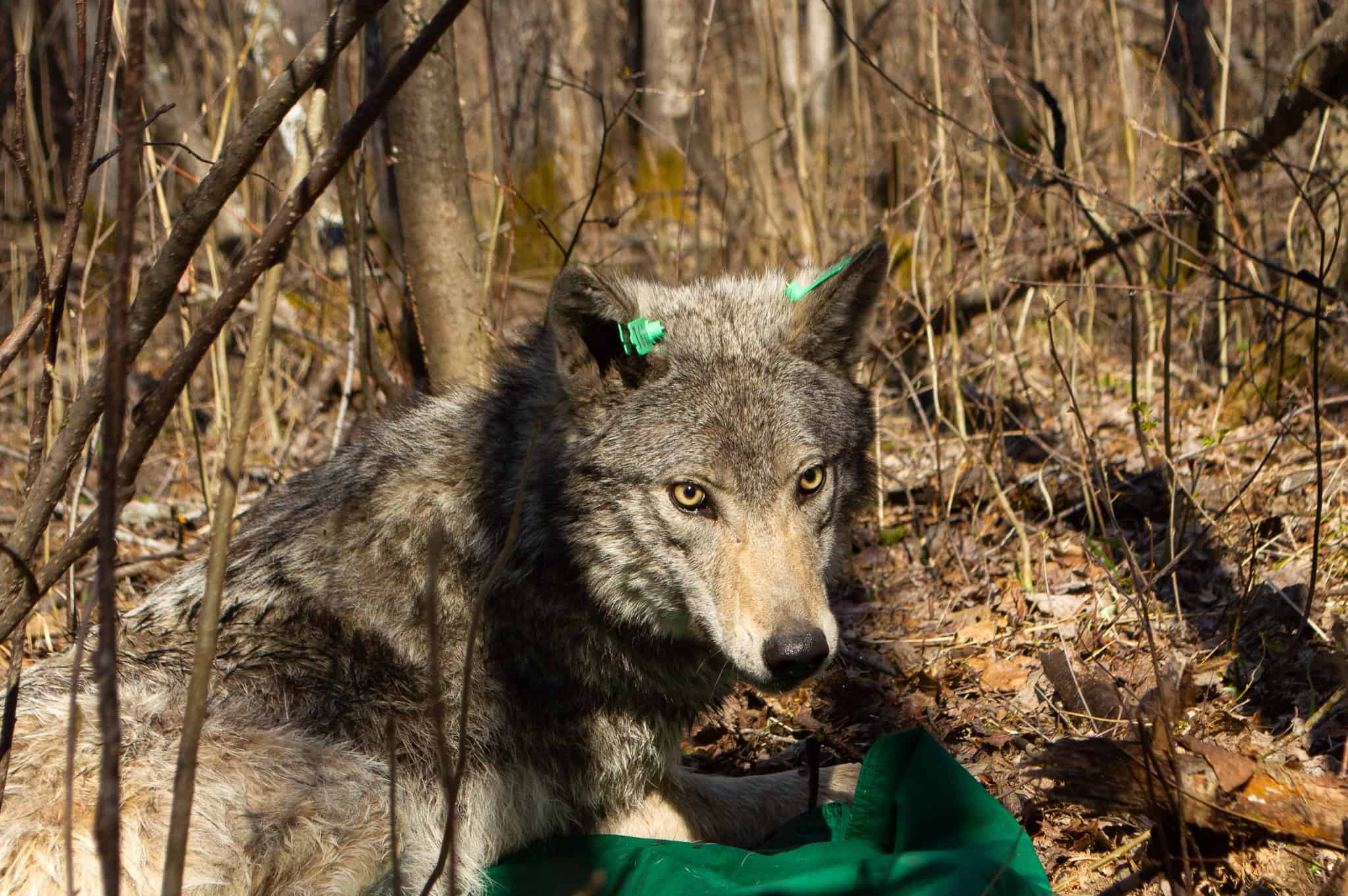Share this article
Wildlife Featured in this article
- gray wolf
- elk
- beaver
- Arctic fox
Predators create ecological hot spots
More than just controlling prey numbers, predators help ecosystems function
When people think of the effect of predators on the ecosystem, they usually think of their role in controlling prey, like wolves (Canis lupus) reducing elk numbers (Cervus canadensis) in Yellowstone National Park. But what if predators play another role that biologists have been overlooking?
By taking down prey, researchers found, predators can create ecological hot spots. The carcasses and other material they leave behind act as fertilizer for native plant species that can attract other wildlife.
Sean Johnson-Bice and Thomas Gable became interested in this phenomenon while studying wolves preying on beavers (Castor canadensis). Although the wolves didn’t reduce beaver numbers, they stopped beaver from creating dams in some places that would have reshaped the landscape.
“Wolves basically stopped beavers from converting forest into wetland,” said Gable, the project lead of the Voyageurs Wolf Project.

That got Johnson-Bice, Gable and their colleagues thinking about other effects predators could have on the ecosystem—effects on just isolated patches of the landscape. For the study published recently in Oikos, led by Sean Johnson-Bice, a PhD candidate at the University of Manitoba who has focused his research on Arctic foxes (Vulpes lagopus). Team members scoured the scientific literature for all the data they could find that pointed to what they termed PIEs—patchy indirect effects of predation.
“We were synthesizing virtually any study we could find from anywhere any place on the topic,” Johnson-Bice said.
The team uncovered many examples where they could trace ecosystem hot spots to predators, usually by either leaving behind carcasses, concentrating nutrients from prey or killing ecosystem engineers like beavers.
Cougar (Puma concolor) kills, for instance, impact beetle communities, which in turn impacts nutrient cycling. Arctic foxes bring back kills back to their young. What the kits don’t consume becomes plant food. So do the salmon carcasses left scattered by grizzlies (Ursus arctos horribilis).
“It’s like adding fertilizer to a garden,” Johnson-Bice said. The areas become “islands of vegetation that are totally different from the surrounding area.”
Predators may not always play a big role in reducing prey or changing their behaviors, he said, but they can help benefit the ecosystem in ways that are often overlooked.
“If we want to have functioning ecosystems—and ones that function well—predation is an integral part of that,” Gable said.
Header Image: A wolf in Voyageurs National Park. Researchers found that wolves and other predators play a role in creating ecological hot spots. Credit: Thomas Gable








